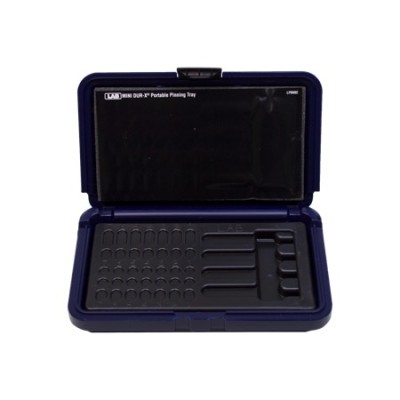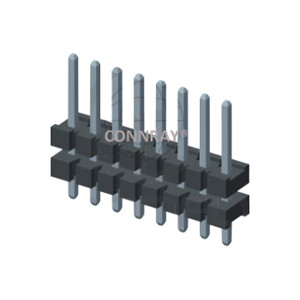

Choosing the right pin in the heat of the moment is one of the major disadvantages of the multi-pin bow sight when compared to a single-pin slider model. I can easily adjust my moveable sight to any yardage and know what my setup does at each location. It is for this reason that I normally practice at varying distances. How often have you had a deer stop or stalk close to one bedded down at 20, 30 or 40 yards for a shot? I cannot think of many shots that I have had while bowhunting that have been easy whole number yardages. On a fixed pin sight, pins are normally set for 10 yard increments. The closer your sight housing is, the smaller the yardage gaps will be the further your sight housing is from the riser, the larger the yardage gaps. This would also be further emphasized based on how close your sight housing is to your riser. This means that your 20, 30 and 40 yard pins might be stacked next to each other making it tough to decipher which pin to use. Another thing to consider with today’s bows reaching speeds upwards of 350 fps is that pin gaps are going to be extremely small. While shooting at archery shops ranges, I eventually hear someone say, “Dang…I just used my 50 pin instead of my 40 pin,” as their arrow sails beyond the target. Even numbering your pins with tiny pieces of paper is confusing and only further adds to cluttering up your sight window. Difficulty can also arise during these situations when you are looking to find that fourth pin from the top or that red pin next to the orange pin. From a clarity standpoint, the best situation here would be a vertical stack of pins or a single pin. When you have four or seven or even nine pins in your scope housing, it can lead to confusion when you are trying to decide what pin to use. A single pin allows the bowhunter to keep their entire sight picture as clear as possible. This sight picture obstruction has the potential to increase the amount of time it takes for you to focus on the kill zone, which could lead to a missed shot opportunity. A five to seven pin sight will obstruct at least 40 to 45% of your sight picture. There is one main thing that they all have in common: clutter! When you increase the number of pins, you actually create blind spots because the pins obstruct your view. Sight picture clutterįixed-pin sights come in many different variations with configurations of pins in either a vertical line from the top or bottom or a horizontal line from the right or left side of the scope housing. Just remember that you should always shoot what is the most comfortable to you. Even long-standing fixed pins users may see the benefits of using a single pin slider type sight. That said, I will do my best to explain why I prefer single pin moveable sights over fixed pin sights. As someone constantly trying to find the perfect means to pump out accuracy and improve my chances for a clean kill each year, I am always on the lookout for a product that suits my needs - even if it means modifying a product so that it does. Regardless of the fixed pin sight popularity, I am a huge fan of single pin moveable sights. The current market is dominated by fixed pin sights and the simple truth behind this market trend is more bowhunters are accustomed to hunting with this style of sight. Obviously, there are a lot of advantages for each variation. These allow the pin to be adjusted to the exact yardage and can either be set up as a single pin or multiple pins, with a “floater” pin variable that enables you to adjust for yardages past the bottom pin. These are usually a stack of pins ranging from 20 to 60 yards.

Two tough choices: Single pin sight or multi-pin sight? With hunting season just around the corner, this is a great time to discuss single pin slider sights and multiple pin sights. There is no denying that bowhunters are extremely lucky with the equipment choices we have these days.


 0 kommentar(er)
0 kommentar(er)
